Discover Parks & Wildlife contains affiliate links and is a member of the Amazon Services LLC Associates Program. If you make a purchase using one of the Amazon links, we may receive compensation at no extra cost to you. We may also use select AI tools to support our creative process, but all content is reviewed, refined, and finalized by our human team. See our disclosure policy and our AI use policy for more information.
11 Jaw-Dropping U.S. National Parks for Wildlife Enthusiasts
There’s something deeply humbling about standing in a place where wildlife still calls the shots. Where you pause, hold your breath, and realize the rustle in the grass might not be the wind but something with fur, claws, or possibly very sharp teeth.
The U.S. has carved out some truly spectacular corners for that feeling. Vast wilderness where elk wander like royalty, grizzlies dig through meadows as if looking for lost car keys, and herons glide low over mirror-like waters. Across plains, peaks, swamps, and islands, these national parks deliver unforgettable wildlife encounters without needing a safari stamp in your passport.
Each park has its own rhythm: some hum quietly with buzzing insects and darting lizards, others roar with life in the form of stampeding herds or howling wolves. And whether you’re drawn to icy fjords or tropical forests, there’s a wild heartbeat waiting to sync with yours.
Let’s wander through the best wild sanctuaries America has to offer.
Yellowstone National Park, Wyoming

At Yellowstone, wildlife practically runs the show, and they’re not shy about it. Bison block traffic with mega-confidence and elk bugle like opera singers rehearsing for a sold-out show. Wolves prowl Lamar Valley in the early dawn, their silhouettes ghosting through the mist while photographers whisper in excitement.
The park spans nearly 3,500 square miles, giving you more than enough room to watch life unfold naturally. And don’t forget to glance toward the rivers, where grizzlies fish for trout in spring and otters tumble through the current like over-caffeinated toddlers. You’ll also spot bald eagles gliding over the river and pronghorn darting across sage flats at speeds that could shame a sports car.
Early morning and sunset are prime times for wildlife spotting (and also when you’ll want that extra layer; it gets brisk even in July). Just remember: those fuzzy bison calves grow up fast, and they prefer admirers who keep a polite 25-yard distance.
Great Smoky Mountains National Park, Tennessee & North Carolina

The Great Smoky Mountains feel like a forest symphony, with every chirp, rustle, and call blending into something you can almost hum. Black bears are the park’s headliners. Around 1,900 of them roam these misty ridges, often seen lumbering along Cades Cove or foraging near Roaring Fork.
But it’s not all about fur; the Smokies boast more than 19,000 documented species, from brilliant salamanders hiding under mossy logs to synchronized fireflies that turn June nights into living lantern shows. Wild turkeys strut down the trails like they own them, while white-tailed deer appear in meadows at dawn, completely unfazed by your camera enthusiasm.
If you listen closely, the spring chorus of frogs and songbirds fills the air so thick you can almost taste it. And the mix of temperate rainforest climate and rich Appalachian soil keeps the park’s biodiversity unmatched.
Just pack rain gear. It’s called the Smokies for a reason, and that mist sometimes turns into an unexpected shower right when the perfect photo opportunity appears.
Katmai National Park, Alaska

Katmai is where bears take over, and humans simply try not to get in the way. Each summer, dozens of brown bears gather at Brooks Falls for their famous salmon-catching spectacle, launching themselves into the rushing water with Olympic-level precision (and zero modesty). Watching a 1,000-pound predator pluck fish mid-leap is mesmerizing, a blend of power and chaos.
The park stretches across 4 million acres of raw, volcanic terrain, which means plenty of space for solitude… and surprise encounters. Moose and caribou wander through spruce forests, while bald eagles perch stoically on driftwood like they’re posing for a stamp. Offshore, sea otters float belly-up, cracking open shellfish without a care in the world.
Katmai isn’t easy to reach (you’ll need a bush plane or boat), but that’s part of its wild charm. Standing on the viewing platform at Brooks Falls, you’ll feel the ground hum beneath you as bears splash, grunt, and feast. It’s nature unfiltered and unapologetic, the kind of scene that sticks in your mind long after you’ve flown home.
Everglades National Park, Florida

Step into the Everglades, and you’ll find yourself in a living, breathing mosaic of water and wildlife. Alligators sunbathe on the banks, their prehistoric grins daring you to look away first. Roseate spoonbills flash pink wings across the sky, while great blue herons wade gracefully through the sawgrass like runway models at a very wet fashion show.
Covering 1.5 million acres, this subtropical wilderness is home to endangered species such as the Florida panther and the West Indian manatee. Want to get out on the water? Glide through mangrove tunnels by kayak, and you might just catch dolphins following in your wake.
Timing is everything here: winter brings migratory birds in droves, while summer turns the park lush and alive (and occasionally mosquito-heavy). Just be sure to respect the locals. Those gators have been here far longer than the boardwalks. And the Everglades may look serene, but beneath that calm surface, an entire ecosystem pulses with constant motion.
Isle Royale National Park, Michigan
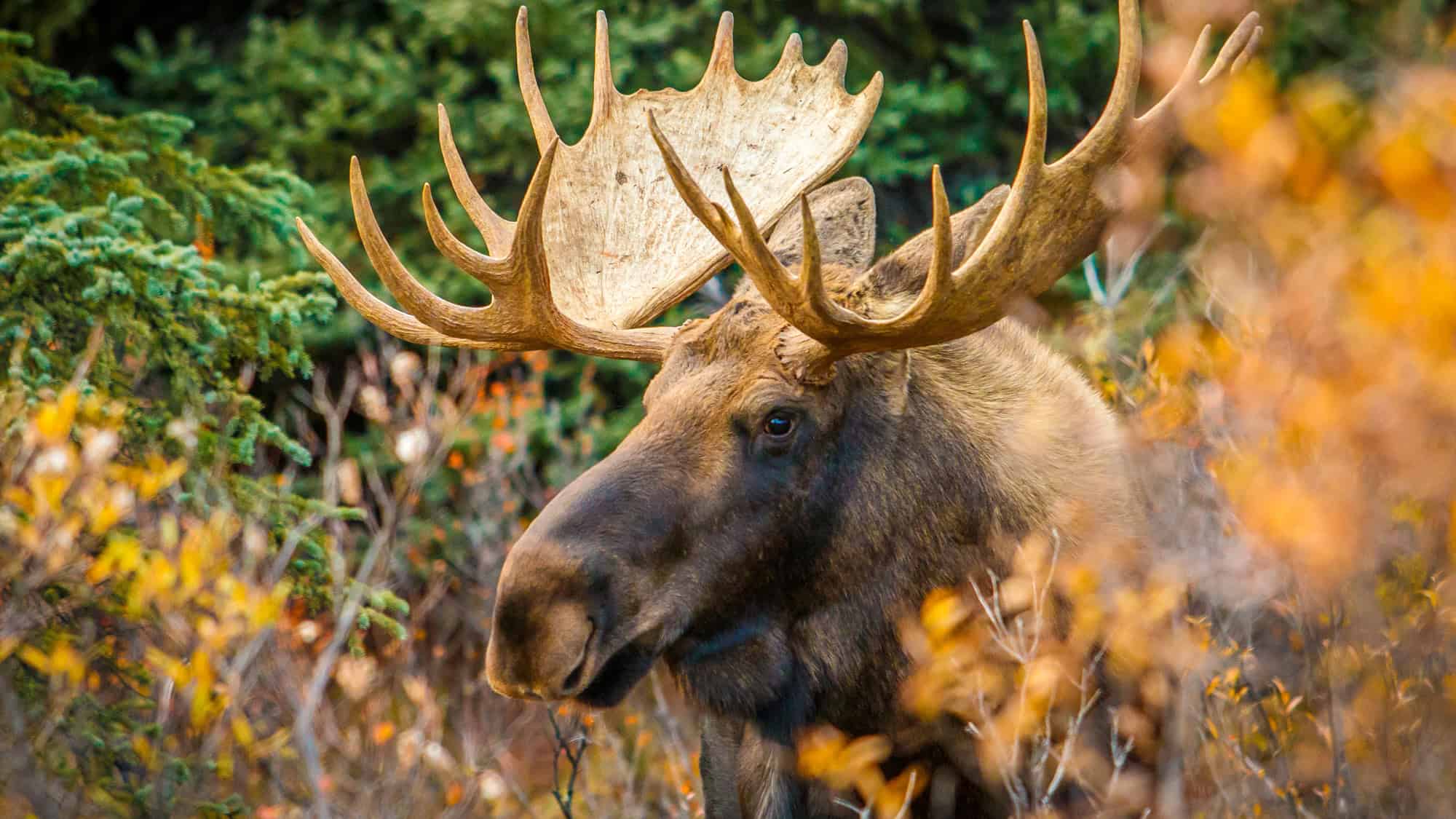
Tucked away in Lake Superior, Isle Royale feels more like a secret than a park. It is a bit hard to get to, as you can’t drive there; boats and floatplanes are your only ticket in. But that isolation keeps its wilderness wonderfully intact. Moose outnumber people by a wide margin, and the famous predator-prey study between wolves and moose still plays out in real time.
Seeing a moose swim across the lake is one of those rare treats that makes you rethink just how adaptable animals can be. And the island’s trails twist through dense forests and along rocky shores where loons call out in haunting melodies.
In summer, foxes trot through campgrounds, unfazed by your granola bars but curious about your socks. The park covers over 200 square miles, yet it feels deeply personal. Every sound, ripple, and gust of wind seems to whisper just for you.
Because of its remoteness, Isle Royale is one of the least visited national parks, but that’s certainly the main appeal. Out here, you get to trade crowds for quiet, and luxury for pure wildness.
Glacier National Park, Montana

They don’t call it the Crown of the Continent for nothing. Glacier National Park delivers drama at every turn, with towering peaks, turquoise lakes, and wildlife so abundant you’ll feel like you’ve walked into a nature documentary. Mountain goats perch on cliff edges like it’s no big deal, while bighorn sheep patrol the higher passes. If you’re lucky, you might even spot a grizzly lumbering across a meadow.
With over 700 miles of trails, there’s no shortage of places to explore. Logan Pass and Many Glacier are top spots for animal sightings, though even a drive along Going-to-the-Sun Road can yield unexpected encounters. In late summer, huckleberries ripen, and every bear in a ten-mile radius knows it. So bring bear spray; it’s as essential as sunscreen here.
And if you’re wondering, yes, the glaciers are melting, but the park’s spirit feels eternal.
Grand Teton National Park, Wyoming
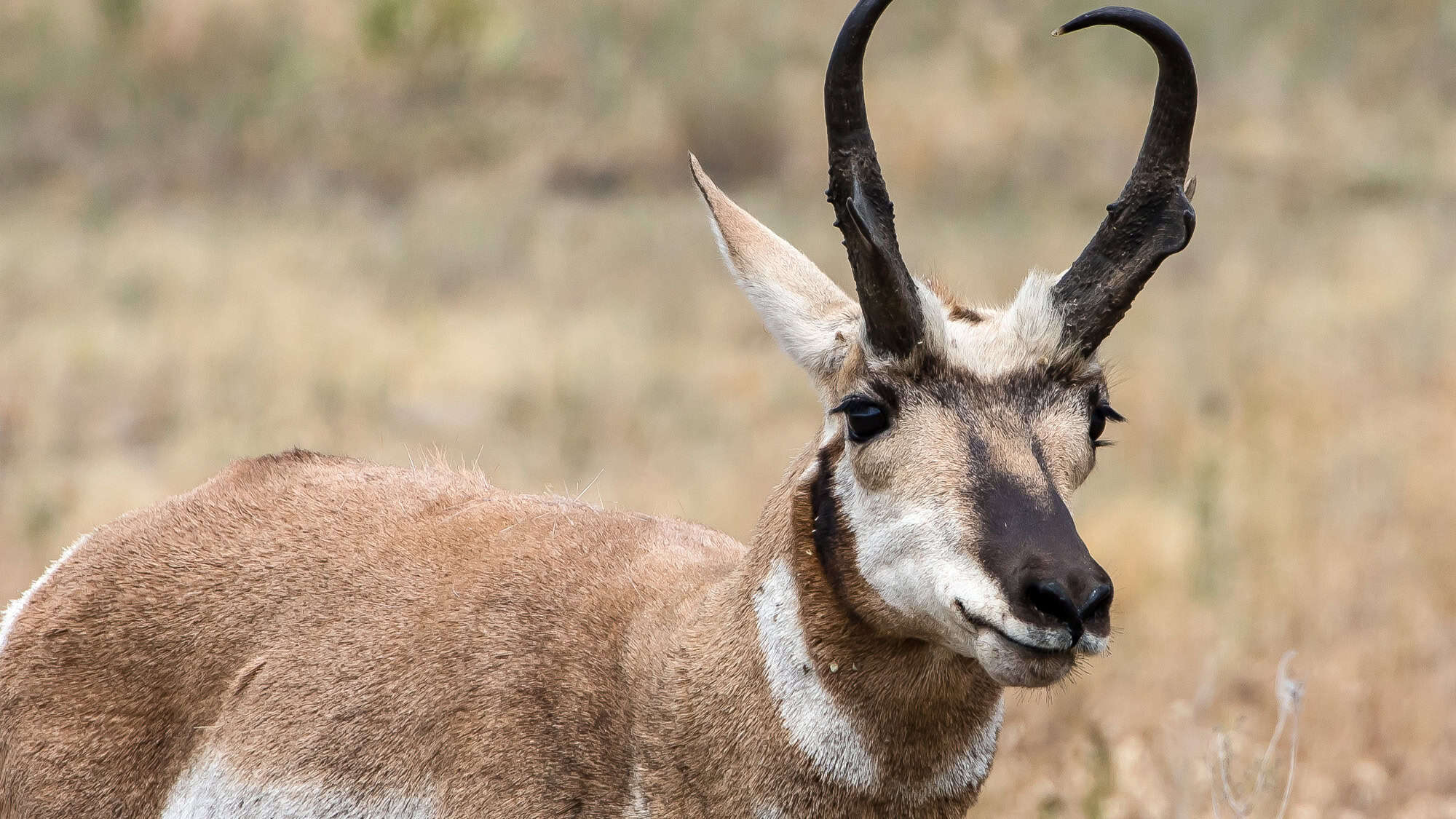
Grand Teton is Yellowstone’s rugged sibling: just as wild, slightly less crowded, and arguably more photogenic (depending on who you ask). The jagged peaks of the Tetons rise nearly 7,000 feet above the valley floor, home to elk herds so large they seem to move like tides. Moose linger in willow marshes, and beavers build impressive lodges that would put most home renovations to shame.
Keep your eyes open for black bears along Signal Mountain Road and pronghorn grazing near Antelope Flats. Early morning light turns the Snake River into a golden ribbon, perfect for spotting otters or osprey diving for fish. And the park’s open meadows also attract coyotes and the occasional wolf, though they’re usually heard before seen.
With trails weaving past alpine lakes and glacier-carved valleys, Grand Teton offers wildlife encounters wrapped in jaw-dropping scenery. Bring binoculars and perhaps a promise to yourself to come back in the fall, when the elk bugling season turns the entire park into nature’s grandest concert hall.
Big Bend National Park, Texas
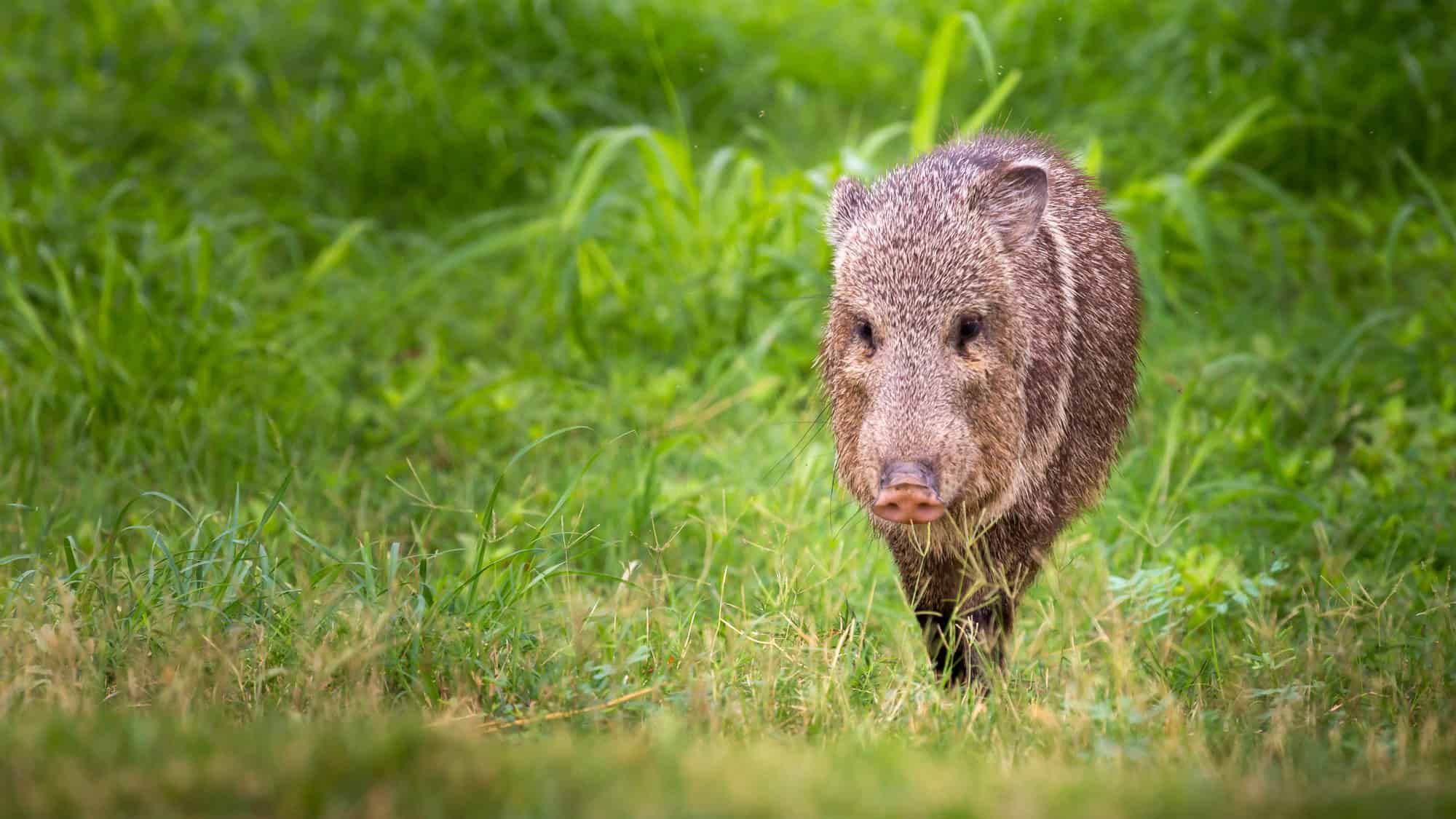
Big Bend is wild in the way few places still are. It’s remote, vast, and startlingly alive. The Chihuahuan Desert may look quiet at first, but give it a moment. Roadrunners dart between creosote bushes, javelinas grunt through the brush, and coyotes sing under skies so dark you can count galaxies.
Along the Rio Grande, watch for herons and turtles basking in the sun. In the park’s mountain zones, black bears and mountain lions make rare but thrilling appearances. With more than 450 bird species recorded, Big Bend is a birder’s paradise. And spring migration brings a colorful flurry of wings that would impress even the most casual observer.
Once you pass Marathon or Terlingua, cell service vanishes, and time seems to stretch. So bring water, sunscreen, paper maps, and maybe a cowboy hat (it gets hot enough to fry an egg on your dashboard). But the sunsets? Worth every sweaty minute.
Rocky Mountain National Park, Colorado

Rocky Mountain National Park feels like pure alpine adrenaline. Herds of elk graze in the meadows of Moraine Park, while marmots sunbathe on boulders as if auditioning for a relaxation ad. Higher up, bighorn sheep navigate steep cliffs with the grace of ballerinas… except their stage is 12,000 feet above sea level.
With elevations topping 14,000 feet, the air is thin, but the scenery is thick with wildlife. Trail Ridge Road, one of the highest paved roads in North America, offers sweeping views and regular chances to spot moose or even ptarmigan blending perfectly into the tundra.
Summer brings wildflowers and crowds, but fall might be the park’s best-kept secret. The aspens turn gold, the animals grow restless, and the mountains seem to glow from within. Just don’t forget to pace yourself. The altitude has a sense of humor, and it’s usually at your expense.
Glacier Bay National Park, Alaska
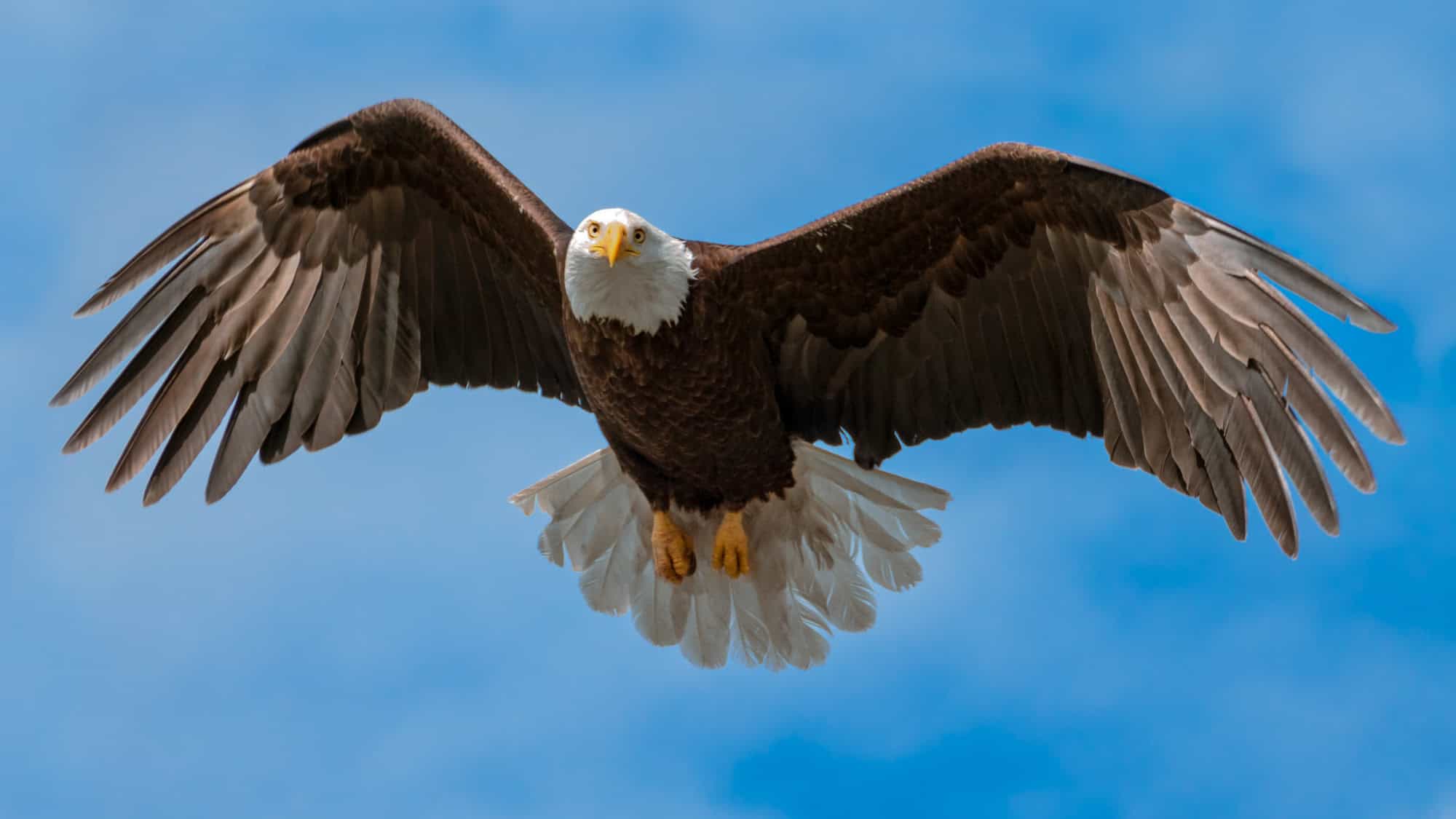
Few places feel as untouched as Glacier Bay, where ice, sea, and wildlife collide in a stunning display of raw nature. Humpback whales breach in the deep blue waters, their massive bodies crashing down in thunderous splashes that echo off the fjord walls. And sea lions crowd rocky outcrops, barking like they’re running a noisy committee meeting.
On shore, brown bears patrol beaches for stranded salmon, and mountain goats graze impossibly high on steep cliffs. The park’s 3.3 million acres are best explored by boat, where you can witness calving glaciers and maybe spot a puffin or two swooping low over the waves.
This is the kind of place that reminds you how small we really are. Every sound, from the crack of ice to the cry of an eagle, feels magnified in the stillness. Bring binoculars and layers. Lots of layers. Because you’ll want to stay out as long as possible.
U.S. Virgin Islands National Park, St John
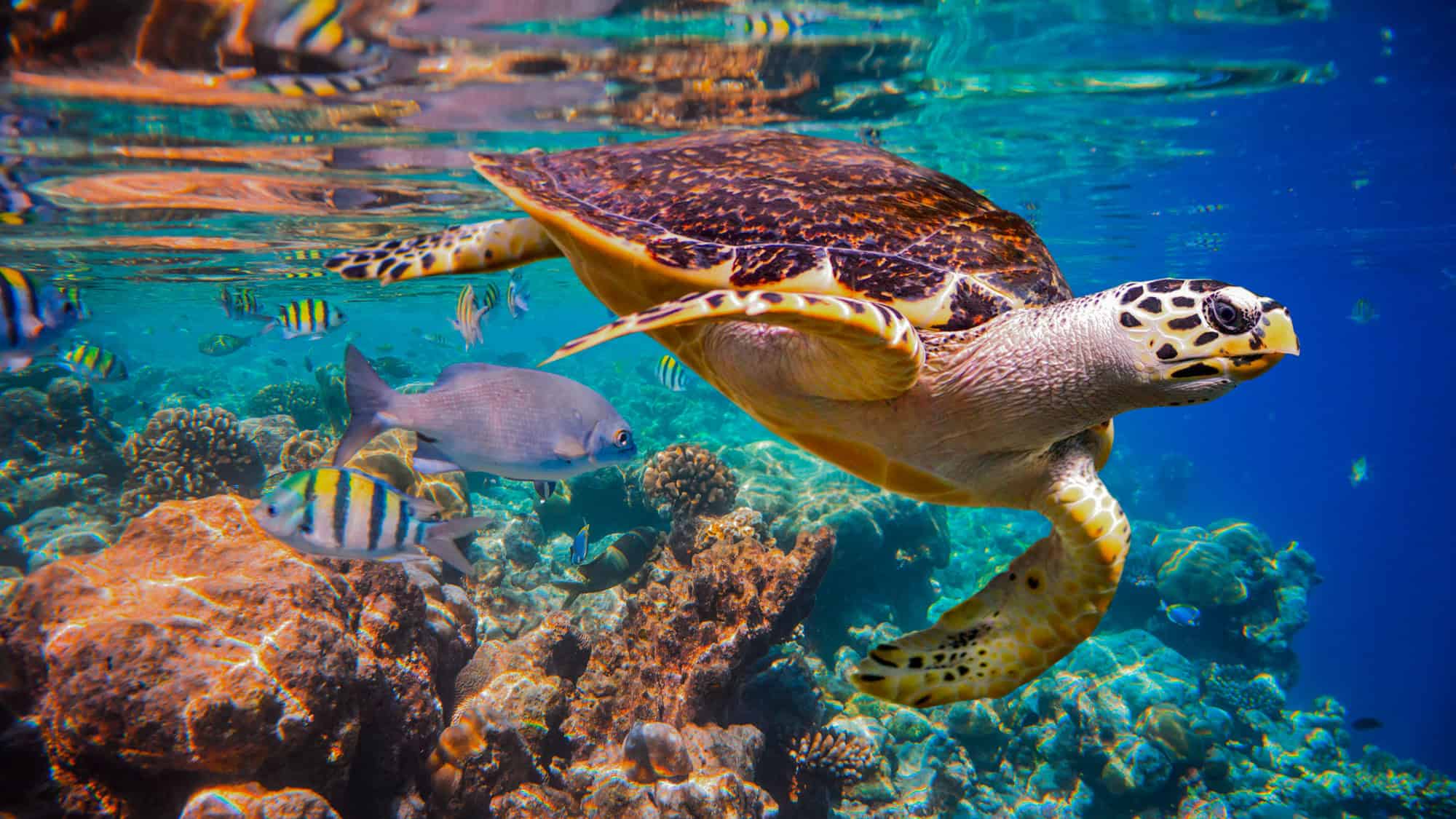
Wildlife takes a tropical turn here, trading fur for feathers and fins. About sixty percent of St. John is protected as national parkland. It’s a paradise of coral reefs, mangroves, and rainforest trails. Sea turtles glide through turquoise water, while brown pelicans dive with surprising precision (and zero concern for your snorkel space).
On land, you’ll find mongoose darting across trails and tree frogs serenading the night with enthusiastic choruses. Hike the Reef Bay Trail, and you might spot deer slipping through the foliage or bats swooping at dusk. The park’s reefs host nearly 500 fish species, from angelfish to parrotfish that nibble on coral like noisy eaters at a dinner party.
It’s easy to forget you’re still in U.S. territory here. There’s a wild, unfiltered beauty to every bay and overlook. Just remember reef-safe sunscreen and plenty of water. The wildlife may not be as large as Yellowstone’s, but under these crystal waters, the action is every bit as thrilling.
Like Our Content? Follow Us on MSN (or click the Follow Button above) for more from Discover Parks & Wildlife.
7 East Coast National Parks That Deserve a Spot on Your Bucket List
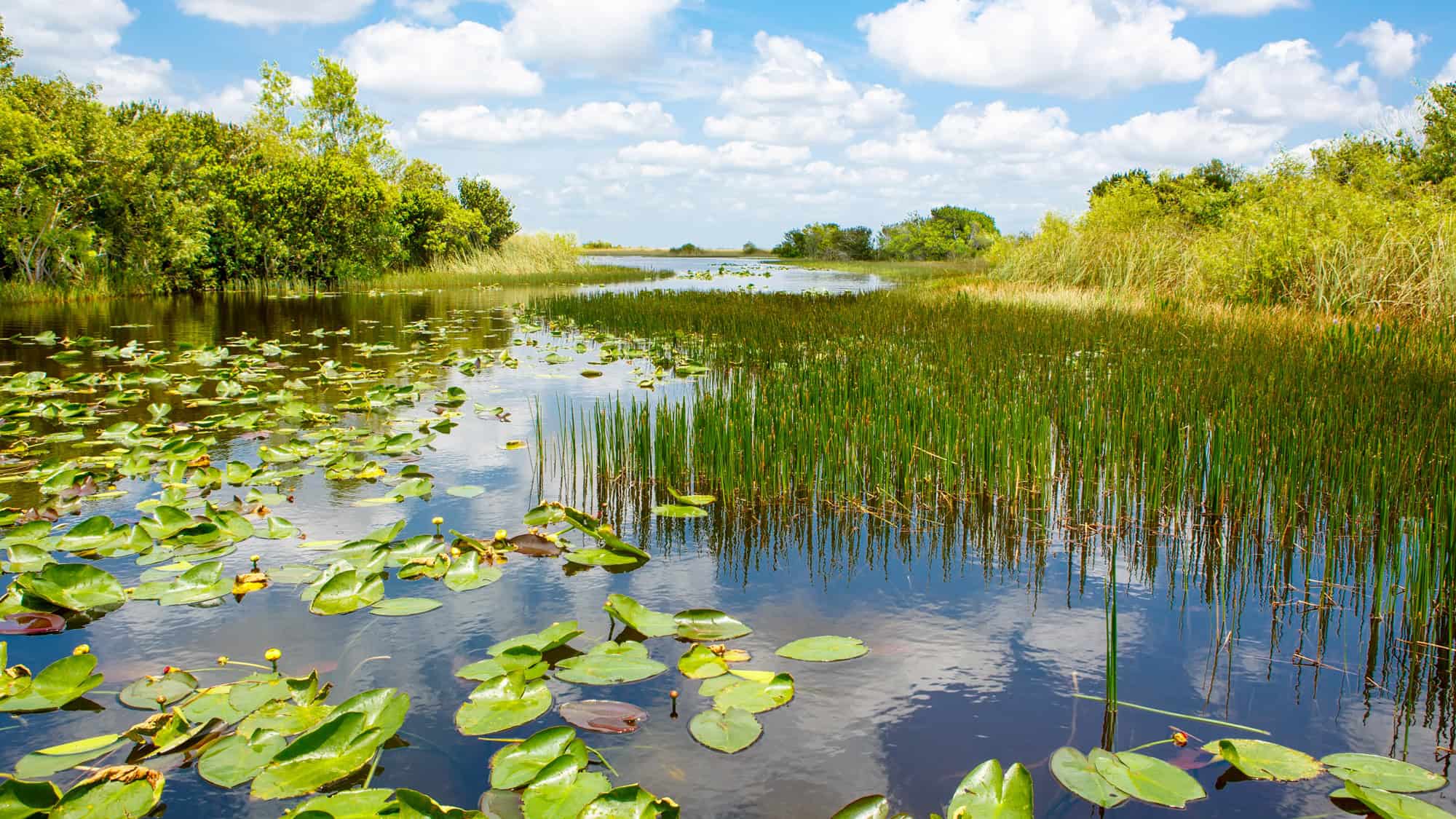
If you thought your bucket list was already overflowing like a bad buffet, prepare to make room for these East Coast national parks.
7 Oldest U.S. National Parks That Still Reign Supreme

Oh sure, because who doesn’t want to read about those ancient U.S. national parks that have been hanging around longer than your great aunt’s fruitcake?
12 National Parks You’ll Wish You Had Visited Sooner

Who needs a time machine when you can read about all the national parks you absolutely should have visited by now, and then just sulk in envy instead?






